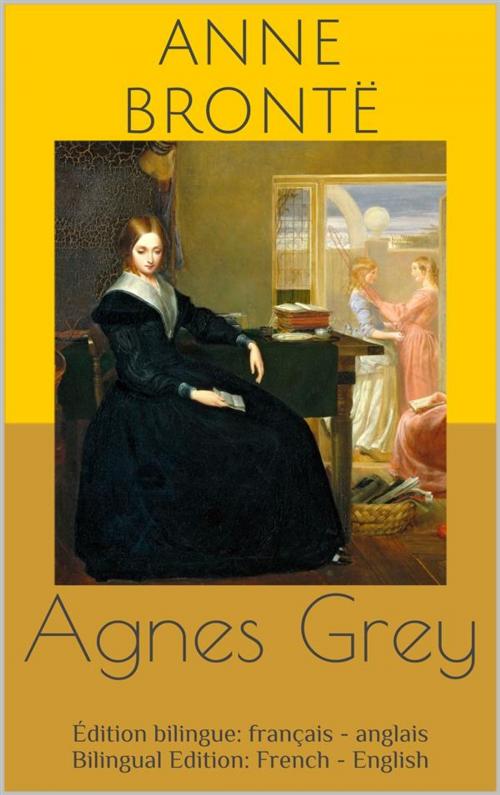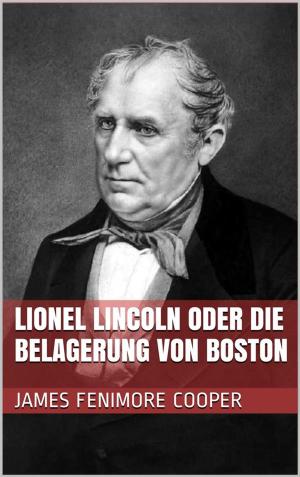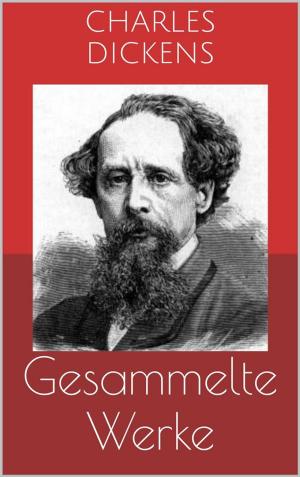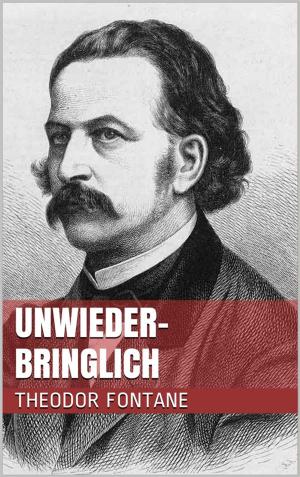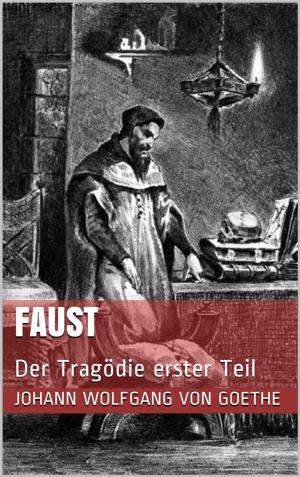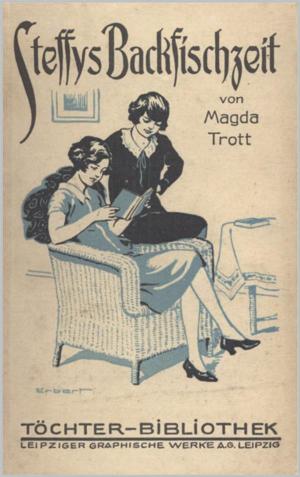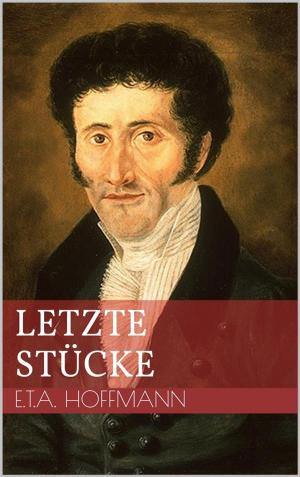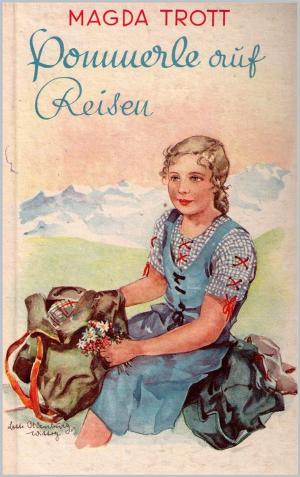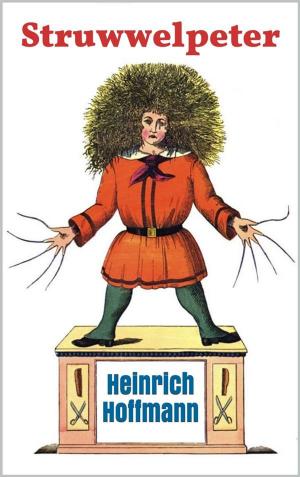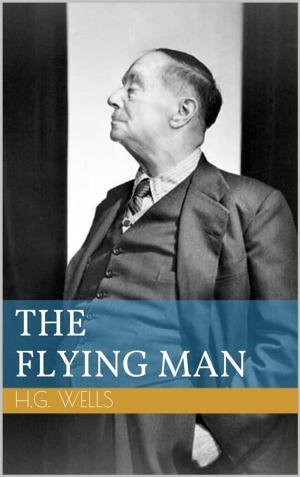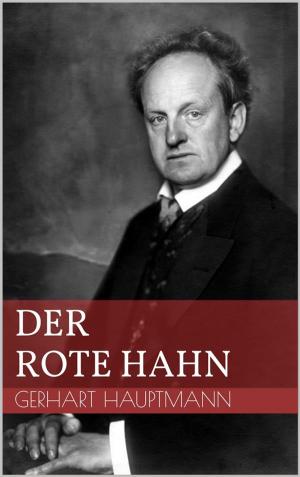Agnes Grey (Édition bilingue: français - anglais / Bilingual Edition: French - English)
Nonfiction, Reference & Language, Study Aids, ESL, Foreign Languages, Fiction & Literature, Classics| Author: | Anne Brontë | ISBN: | 9786050455762 |
| Publisher: | Paperless | Publication: | June 11, 2016 |
| Imprint: | Language: | French |
| Author: | Anne Brontë |
| ISBN: | 9786050455762 |
| Publisher: | Paperless |
| Publication: | June 11, 2016 |
| Imprint: | |
| Language: | French |
Cette édition contient la traduction française et le texte original en anglais.
« Agnès Grey » est le premier des deux romans de l'écrivain anglais Anne Brontë. Publié en décembre 1847 sous le pseudonyme d'Acton Bell, il paraît en France pour la première fois en 1859. Le roman est fondé sur la propre expérience de l'auteur comme gouvernante, et présente certains rapports stylistiques avec les œuvres de l'auteur anglais Jane Austen (1775-1817), plus importants que dans les textes suivants. À l'instar de « Jane Eyre », écrit par Charlotte, la sœur d'Anne (publié en octobre 1847), le livre décrit la position précaire des gouvernantes et la façon dont les jeunes femmes exerçant cette profession en sont affectées.
"Agnes Grey" is the debut novel of English author Anne Brontë (writing under the pen name of Acton Bell), first published in December 1847, and republished in a second edition in 1850. The novel follows Agnes Grey, a governess, as she works within families of the English gentry. Scholarship and comments by Anne's sister Charlotte Brontë suggest the novel is largely based on Anne Brontë's own experiences as a governess for five years. Like her sister Charlotte's novel "Jane Eyre", it addresses what the precarious position of governess entailed and how it affected a young woman. The choice of central character allows Anne to deal with issues of oppression and abuse of women and governesses, isolation and ideas of empathy. An additional theme is the fair treatment of animals. "Agnes Grey" also mimics some of the stylistic approaches of bildungsromans, employing ideas of personal growth and coming to age, but representing a character who in fact does not gain in virtue. The Irish novelist George Moore praised "Agnes Grey" as "the most perfect prose narrative in English letters," and went so far as to compare Anne's prose to that of Jane Austen. Modern critics have made more subdued claims admiring Agnes Grey with a less overt praise of Brontë's work than Moore.
Cette édition contient la traduction française et le texte original en anglais.
« Agnès Grey » est le premier des deux romans de l'écrivain anglais Anne Brontë. Publié en décembre 1847 sous le pseudonyme d'Acton Bell, il paraît en France pour la première fois en 1859. Le roman est fondé sur la propre expérience de l'auteur comme gouvernante, et présente certains rapports stylistiques avec les œuvres de l'auteur anglais Jane Austen (1775-1817), plus importants que dans les textes suivants. À l'instar de « Jane Eyre », écrit par Charlotte, la sœur d'Anne (publié en octobre 1847), le livre décrit la position précaire des gouvernantes et la façon dont les jeunes femmes exerçant cette profession en sont affectées.
"Agnes Grey" is the debut novel of English author Anne Brontë (writing under the pen name of Acton Bell), first published in December 1847, and republished in a second edition in 1850. The novel follows Agnes Grey, a governess, as she works within families of the English gentry. Scholarship and comments by Anne's sister Charlotte Brontë suggest the novel is largely based on Anne Brontë's own experiences as a governess for five years. Like her sister Charlotte's novel "Jane Eyre", it addresses what the precarious position of governess entailed and how it affected a young woman. The choice of central character allows Anne to deal with issues of oppression and abuse of women and governesses, isolation and ideas of empathy. An additional theme is the fair treatment of animals. "Agnes Grey" also mimics some of the stylistic approaches of bildungsromans, employing ideas of personal growth and coming to age, but representing a character who in fact does not gain in virtue. The Irish novelist George Moore praised "Agnes Grey" as "the most perfect prose narrative in English letters," and went so far as to compare Anne's prose to that of Jane Austen. Modern critics have made more subdued claims admiring Agnes Grey with a less overt praise of Brontë's work than Moore.
